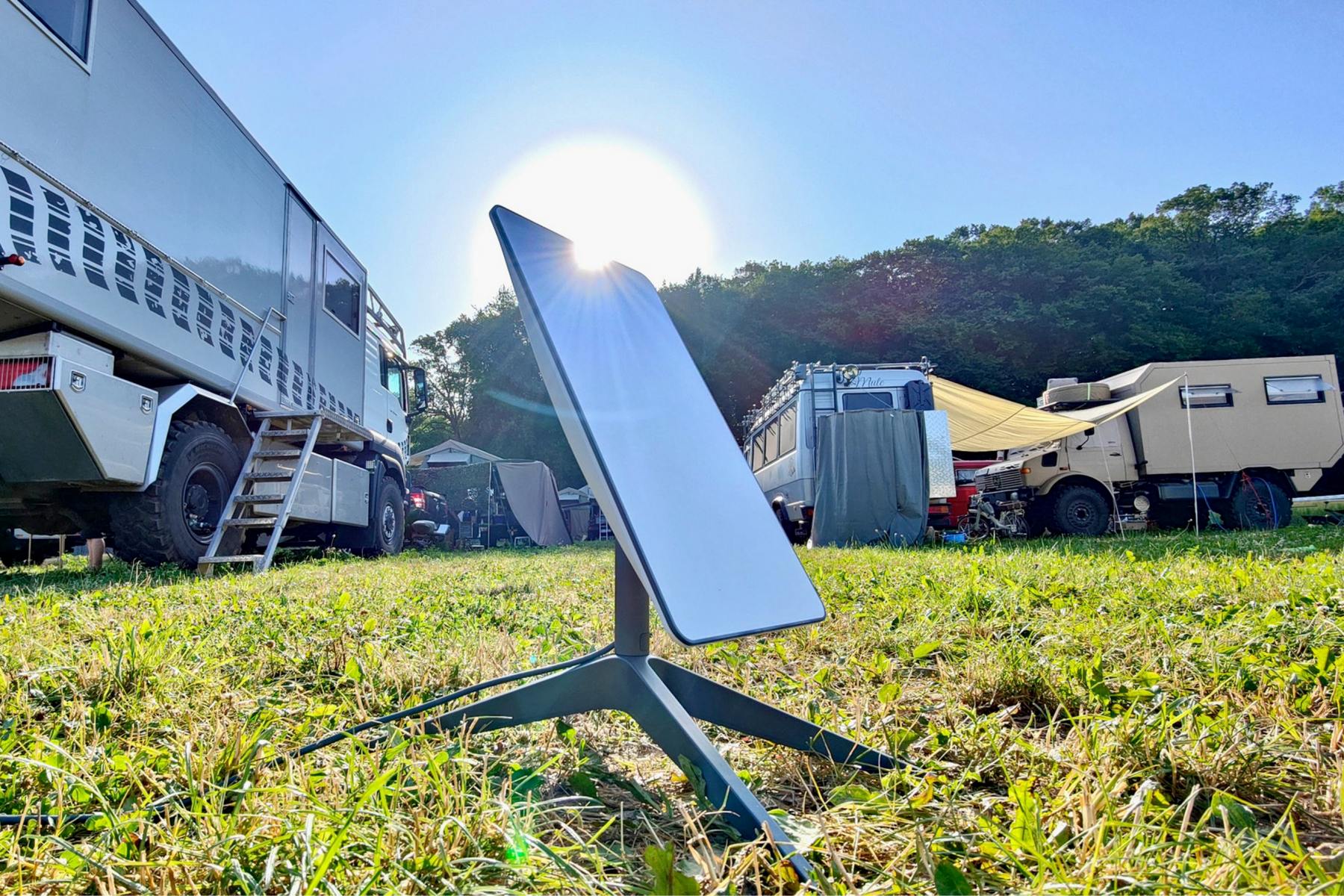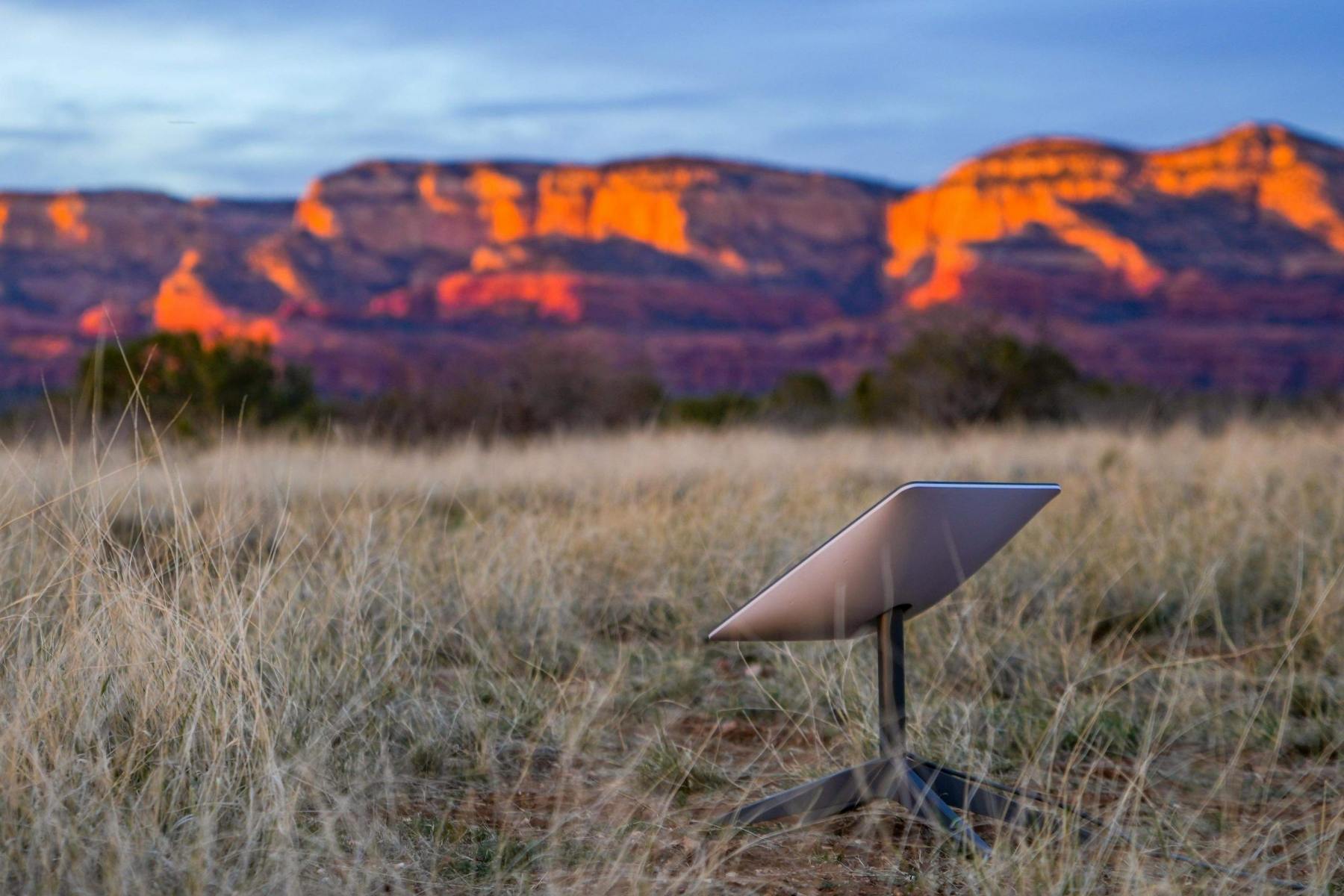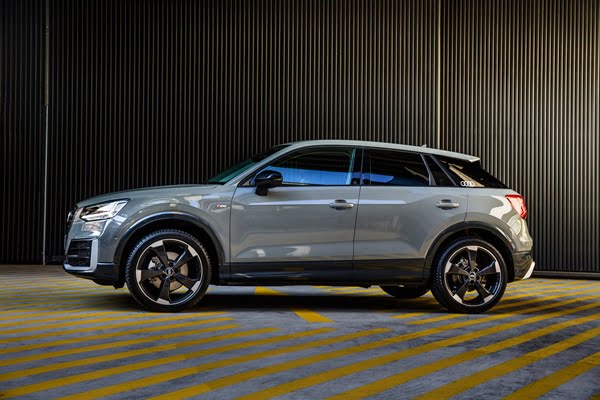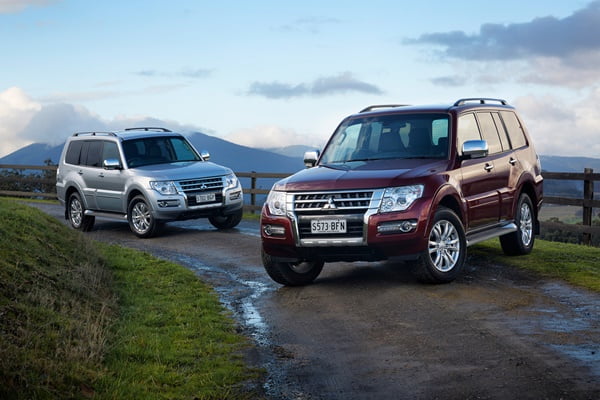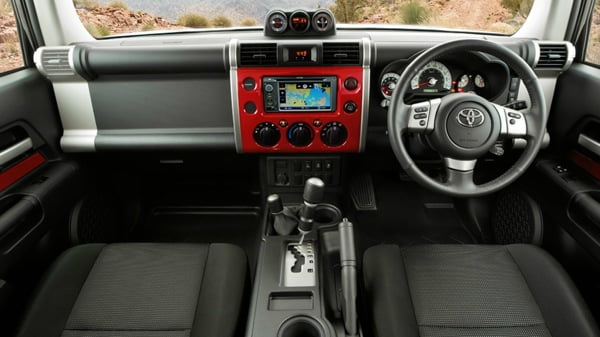Starlink seemed like a radical idea when it was first proposed, but its potent delivery of bandwidth to even the most remote areas of this planet changed our view of what’s possible when it comes to technology once again.
The Starlink network now comprises over 1,000 satellites and is growing constantly. For what it is, and for what it promises, Starlink seems like the ultimate solution for all travellers and especially digital nomads. But is it really an all-in-one solution for those on the move?
How Does it Work and Is it Clunky?
Starlink satellites are different from traditional satellites because they orbit much closer to Earth, about 65 times closer in fact. This results in faster and more responsive internet connectivity compared to what you would normally expect from a satellite internet service.
The Starlink kit has all the necessary equipment for internet connectivity. It consists of the Starlink (dish), a WiFi router, a power supply, cables, and a base. All of this fits in a backpack. This makes it easy to transport and set up anywhere.
In order to use Starlink, you need a clear view of the sky so that its satellites can communicate with your satellite dish. This means you will need to be in an open area with no obstructions such as trees or buildings blocking the way. But thanks to a long 15m cable, you can easily find the right spot. Thanks to the quick-release button, attaching and releasing the dish is a simple process. All in all, it’s fairly convenient and fairly fast to assemble.
How Much Does it Cost?
The monthly cost for Starlink plans in Australia is $139, regardless of your location. However, you will also need to pay for hardware, shipping, and handling fees. The cost of hardware depends on your location, with fees ranging from $199 for select rural areas to $599 for everywhere else. Typically, the cost for hardware is $924, but there is currently a discount available.
Another option is Starlink Business, which is a pricier service at $374 per month. It requires a hardware fee of $3,740 and $155 for shipping. However, it provides a stronger antenna and comes with 1 TB of Priority Access and limitless Basic Access. The download speed can reach up to 220 Mbps, and its latency in Australia is between 25-50ms.
Another advantage of using Starlink is that you are not tied to a long-term contract and are instead charged on a monthly basis. You have the option to terminate the service whenever you want. Just note that if you cancel, reinstating the service is dependent on the service’s availability and capacity in your location, which may take some time.
How Reliable is Starlink?
With the declared speeds of 20-100Mbps, Starlink should have enough punch for travellers. If you’re a digital nomad, on the other hand, it depends what type of job you do. If your work is very dependent on consistently high bandwidth, Starlink might not be for you. However, if you need the internet for video conferencing, task management and other less demanding tasks from the bandwidth standpoint, Starlink is a good option.
In terms of reliability, Starlink is still in an early phase and can experience outages – although these are usually short-lived. It provides a stable connection for the most part.
According to statistics, the majority of digital nomads are between the age of 25-39, which makes them the (infamous) millennials. If stereotypes are true, they don’t enjoy playing casino games like pokies or buying diamonds, but they do love playing video games. And that’s another plus for Starlink, as it allows solid speed and latency. It’s more than enough for casual gaming while on the go.
Is it For You?
This will mostly depend on where you are located and what type of work you do. If you are constantly on the move, Starlink is definitely to be considered. It will give you fast and mostly reliable internet access regardless of your location. You should especially consider Starlink if you’re a digital nomad living in rural areas, or a traveller exploring the Outback.
If you need to do more intensive work that requires higher bandwidth and less latency, then it might not be enough for you. And if you’re mostly situated around towns, there are better options, like flat 5G mobile data plans. There are plenty of options available, and you should take the time to choose the one that best suits your needs.
Alternatives to Consider in Australia
If you’re interested in other satellite internet options, there are not many options available. The only one you could consider is the NBN’s Sky Muster. Sky Muster improved its speed recently so it’s much more competitive.
Their plans used to have a maximum speed of 25Mbps and limited data usage. Meanwhile, Starlink offers speeds ranging from 20Mbps to 100Mbps.
However, Sky Muster now offers new premium plans called Sky Muster Plus, which start at just under $100 and provide burst speeds of up to 100Mbps without a limit on data usage. This makes it a much more affordable option compared to Starlink.

